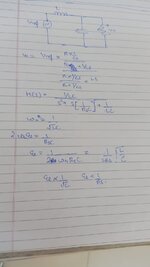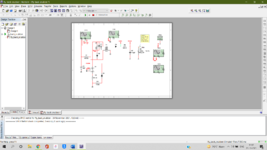Siddharth_saxena
Junior Member level 1
i have to figure out how voltage peak in switching depend on snubber capacitor , and snubber resistance . so i will take snubber circuit as a source-free parallel rlc circuit but according to my calculation zeta = (L/C)^1/2*1/2Rs
according to that Zeta is inversely proportional to c and rs. But logically as Rs and Cs increase the voltage peak will decrease ?
ase
according to that Zeta is inversely proportional to c and rs. But logically as Rs and Cs increase the voltage peak will decrease ?
ase

